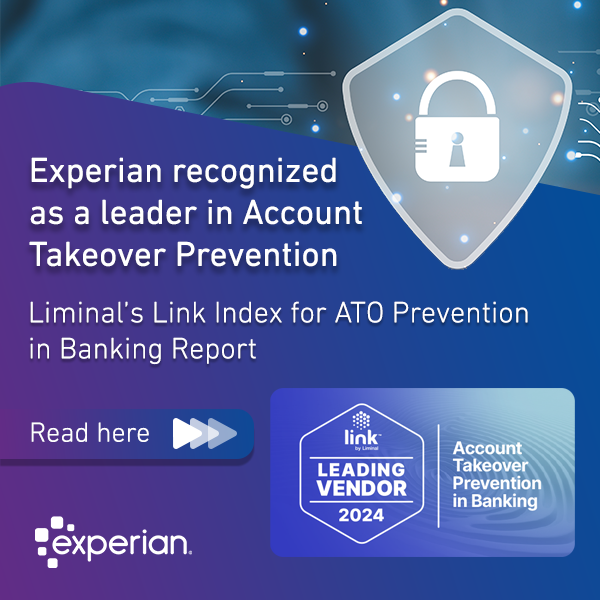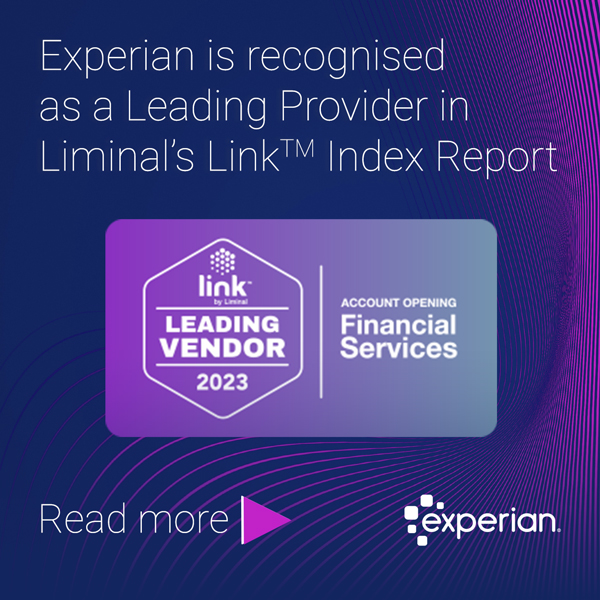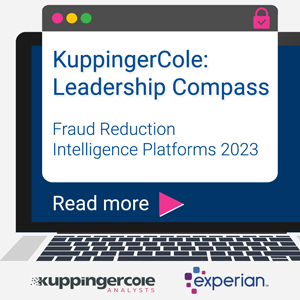Search Results for: ai

Consumer demand has shaped the way businesses worldwide have adjusted or intend to adjust operations and investments throughout the pandemic. Businesses that have struggled...

In this AI in Business podcast, Shri Santhanam, Executive Vice President and General Manager of Global Analytics and AI, speaks with Emerj founder, Daniel...

The relationship with artificial intelligence may have started with robots but its integration into the way people interact with the world today looks very...

As the world faces another resurgence of the coronavirus, businesses will again be tested on their response—but this time consumer expectations will be much...

Public and private organizations worldwide are embarking on ambitious digital identity initiatives, from the tiny country of Estonia to efforts that encompass much of...

We may not always get what we want, but in many cases, if we feel that we were treated fairly, we’re satisfied. Our July...

We’ve compiled the top global July headlines you need to stay in-the-know on the latest hot topics and insights from our experts. 1. Accelerating...

Due to Covid-19 , the focus on analytics and artificial intelligence (AI) has significantly increased. However, while companies have made significant investments in AI,...

In the second part of the Juniper Research and Experian podcast series on online payment fraud, we talk to Nick Maynard from Juniper Research,...

In a recent piece for the Forbes Technology Council, Businesses Need to Modernize Their Approach For Delivering Digital Experiences, I shared how the current...

I recently had the opportunity to talk to Christian Hubbs and Muhammed Shuaibi from Artificially Intelligent Podcast about the value AI and analytics generate...

Shri Santhanam, Executive Vice President and General Manager of Global Analytics and AI, speaks to Forbes’ Peter High on his Technovation podcast about Experian’s...




